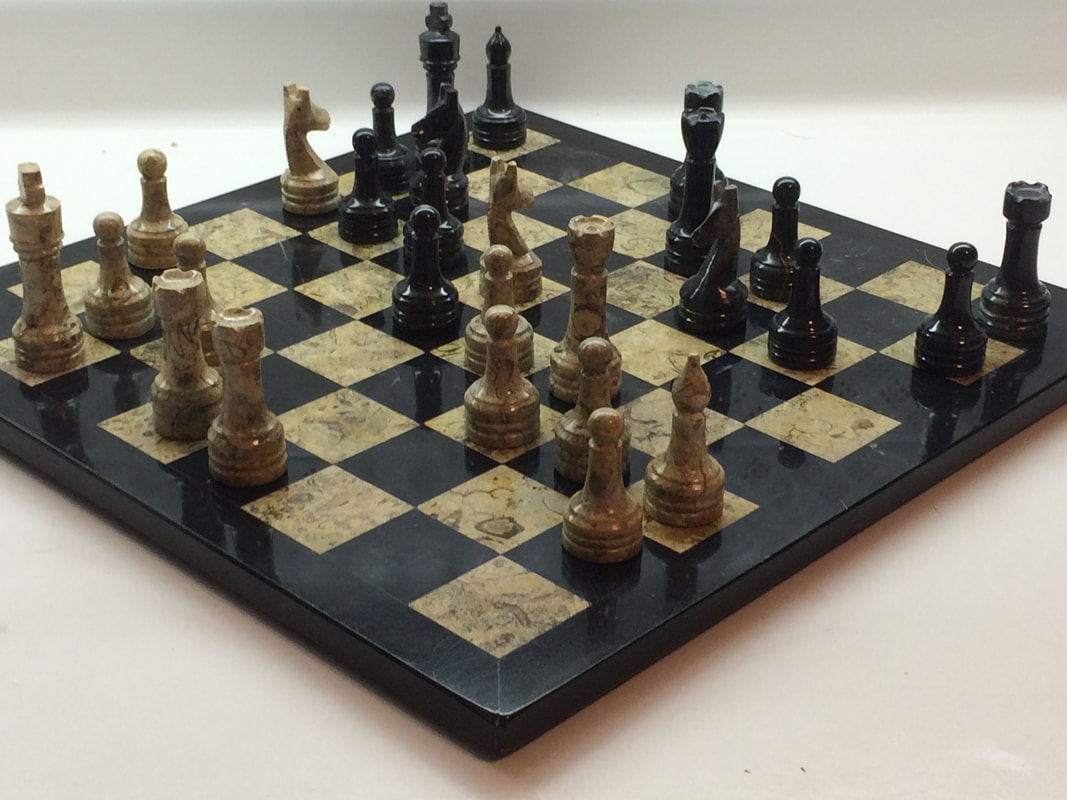|
This is a 3 1/2 minute video designed to introduce an undergraduate course, IMI302: Business plans and project management, that I teach at the University of Toronto, Mississauga. The reason that I post it here is not to pitch my course, but to demonstrate what can be achieved with a few tools in a reasonable timeframe. To produce this video, I used an Apple Mac running PowerPoint to prepare the slides as well as iMovie with a green screen (~$75) for the filming, integration and editing. Adding a talking head or subject matter expert (SME) to a training or educational video adds a human touch that establishes expertise and can be more engaging, than straight narration. There is a lot of information on the web about how to make talking head videos and especially powerful ones. Some tips and references are listed below:
- Ditch the script but don't worry about multiple attempts. YES! - Panto mode which means be very active and energetic = 120%. Variation. YES! - Small chunks at different distances from camera, different presenters. - Try natural light and an iPhone on a tripod. From How to make the best talking head videos (2017, March) https://www.youtube.com/watch?v=_EiixT7hwFA - Nose/eyes at top right/ieft cross of 9 box grid. - Different distances can be done with digital cuts. - External microphone is better From Talking head video tips (2017, October) https://www.youtube.com/watch?v=kPbEGa_u8JY - Also consider creating or including interview-style or whiteboard animated videos.
0 Comments
Tesia Marshik gave an interesting 18' TEDxUWLaCrose talk in 2015 entitled, "Don't Believe Everything You Think: Learning Styles and the Importance of Critical Self-Reflection." https://www.youtube.com/watch?v=855Now8h5Rs. (The first 11' are recommended). In her talk, she dispels the myth that there are learning styles. Instead you may have a preference for one of the different styles: auditory, visual or kinesthetic but experiments show that they don't actually enhance learning. The style depends more on what you are trying to learn i.e the content and the best way is likely to stimulate all styles in combination. She argues that most of what you learn is tied to concepts; its meaning to you; the way you organize it and connect it to other things; your understanding of it. Hence strict memorization, saying it aloud, flip cards, and writing out notes a second time do not aid learning. She goes on to explain the seminal experiments by Chase W.G and Simon H.A. (1973) Perception in chess. Cognitive Psychology, 4 55-81. http://citeseerx.ist.psu.edu/viewdoc/download?doi=10.1.1.601.2724&rep=rep1&type=pdf In these experiments, chess masters were much better at reconstructing a 20-piece chess position from a game in process that they were shown for 5 seconds as compared to a novice player, however the two groups performed equally poorly, about 4 pieces placed correctly, if the same pieces were just placed randomly. For the chess masters, the game in process chess positions had meaning and hence they could understand it and then recall it. For me, this provides additional support for the use of applications and examples, case studies, case-based testing, field trips, research projects, science fairs, workshops, laboratory experiments, debates, discussions, student presentations, peer review, guest speakers and other experiential methods that demand a level of creativity, critical thinking and reflection in an effort to promote real understanding over too much rote memorization. As a result, I will continue to integrate more of these into my teaching. 43 moves into the greatest game ever played: Garry Kasparov def. Veselin Topalov 1999.
Dr. Derek Cabrera gave a very interesting TEDx talk in 2011 entitled, "How thinking works." In this talk, he defines thinking as being "knowledge able." He goes on to describe how current rote learning, memorization and regurgitation of facts prevents students from learning to think. He then outlines a model: DSRP. His model is also described in Wikipedia. DSRP consists of four interrelated thinking skills, each with two opposing elements:
* I especially like and agree with his dislike of new "kits" of lego with instructions as opposed to the old box of random pieces that demand creativity. Asking students 2-3 related Quick Write questions in succession starting with one based on knowledge or understanding and then moving up Bloom’s taxonomy to higher-order questions can encourage engagement and critical thinking. This article is the first in my new Crash of Ideas series, where I combine different ideas. This one was inspired by Brian Oshiro's 2018 TEDxXiguan talk, “Encouraging critical thinking with 3 questions" thta can be found at https://www.ted.com/talks/brian_oshiro_encourage_critical_thinking_with_3_questions.
|
EducationThoughts and links to items concerned with education and learning. Archives
June 2023
Categories |
||||||

 RSS Feed
RSS Feed
